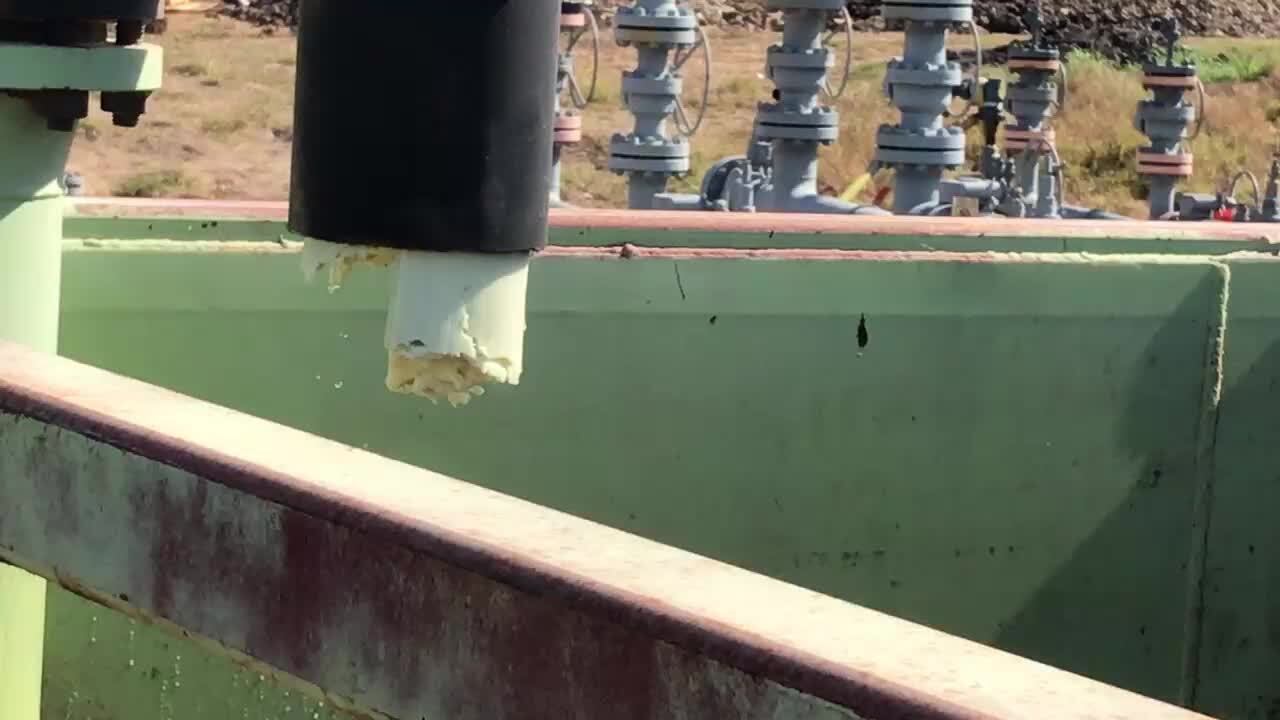Hot work, performed during pipeline maintenance, repair, salvage, and abandonments-in-place activities, carries great HSE risk. Essentially, hot work is work that could produce a source of ignition, such as sparks, flames, or temperatures high enough to cause the ignition of flammable gases or combustible materials. This is why complete, assured removal of hydrocarbons from the line, before performing such work, is absolutely critical.
In hydrocarbon pipelines, the following three situations create particularly high HSE risks: corrosion, outside force damage, and poor maintenance.
Corrosion
Corrosion, the ubiquitous archenemy of pipelines, is by far the biggest problem. As such, it is the focus of many mitigation and remediation efforts. Modern manufacturing processes for steel pipe and protective pipe coatings are subject to rigorous fabrication, inspection, and quality control standards to reduce the occurrence of defects that can lead to corrosion-related failures.
Operators use coatings, cathodic protection systems, pipe cleaning techniques, product quality controls, and other approaches to prevent corrosion.
Federal pipeline safety regulations require pipeline operators to develop and implement integrity management programs and continually inspect and assess the integrity of pipelines that could affect areas of high consequence, such as populated areas or environmentally sensitive areas.
Outside force damage
Outside force damage, while not as common as corrosion, has two causes: naturally occurring events such as earth movement and weather and temperature extremes, and human actions such as excavation accidents, vehicle accidents, and vandalism.
Poor maintenance
Poor maintenance is a frequent cause of pipeline problems. Maintenance policies have evolved over the years, and can be categorized into corrective, preventive, predictive, and proactive. Corrective maintenance policies (1940s) were based on the “repair when broken” philosophy. Economic considerations shifted practices towards preventive maintenance (1970s to 1990s). Predictive and proactive maintenance policies were developed in recent years in conjunction with improved inspection techniques and environmental regulations.
Pipeline Integrity Management
Today, the wide variety of pipeline maintenance activities have been subsumed by the more holistic and sophisticated practice of pipeline integrity management. The HSE risks associated with hot work can be mitigated by clearing pipelines of hydrocarbons before starting remediation work. The most efficient and effective method to accomplish this is treatment with our LamKleen® alkaline-based detergent.
LamKleen® detergent has the same surfactant package as our PipeRenew® material. It is highly effective at removing volatile organic compounds (VOCs) that remain in pipelines or equipment. It is a liquid, non-hazardous, pre-packaged, ready-for-use blend of alkaline salts and biodegradable surfactants.
- LamKleen® detergent is ideal for reducing VOCs when used in a subsea sweep following PipeRenew® or LamFlo® application.
- LamKleen® detergent readily penetrates paraffin and asphaltene deposits. Its solvent and surfactants solubilize and emulsify old oil, removing it from equipment walls.
- LamKleen® detergent’s emulsifying action incorporates hydrocarbons into the water phase.
Performing any kind of pipeline maintenance, repair, salvage, or abandonments-in-place will almost certainly involve hot work at some point. LamKleen® detergent is the essential first tool to use in the process.





